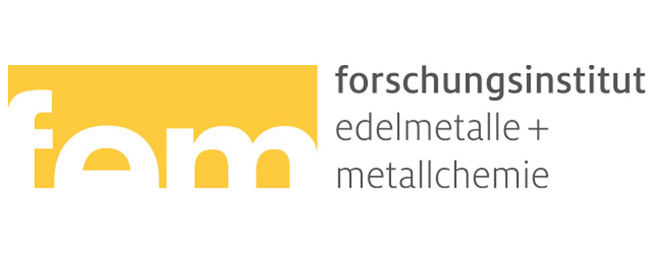The hydrogen powered e-bike project

The development of a fuel cell bicycle is intended to promote climate-friendly mobility in the field of urban logistics. Over 70% of energy-related greenhouse gas emissions are caused in cities. In particular inner cities are heavily burdened by online trading and the associated delivery traffic on the “last mile” to the end customer. Motorized traffic is to be replaced by low-emission or zero-emission means of transport. The use of green hydrogen, which is obtained from renewable energies and increases the efficiency of the energy transition, is essential for achieving the CO2 reduction targets.
Schwäbisch Gmünd: Experts are working on hydrogen bicycles
Running projects



“Hy-Tank” is a scalable, environmentally friendly, cost effective and recyclable hydrogen pressure tank which will be developed for mobile applications in combination with a fuel cell.
“FC-Mobil” is a fuel cell-supported mobility in urban logistics.
The aim is to develop a high, powerful and at the same time robust fuel cell module for mobile use. This new module is planed as a scalable solution for various applications and should meet different requirements in terms of installation, space, and performance.
The bipolar plates (BPP) are made of light metal and intended to reduce weight and costs.
Furthermore these panels are easy to manufacture. Due to the electrochemical conditions in the fuel cell, these plates must be protected from corrosion by an insulating coating.
Additionally, a galvanic structuring process with small amount of precious metal is used to create a conductive contact surface plate, which will be joining the gas diffusion layer plate. (Fig.1)
The project makes an important contribution to being able to operate future sophisticated mobile applications in a resource-saving and emission-free manner.
The prototypical use of the fuel cell module in a conventional e-mountainbike as part of this project places high demands on the system with regards to installation space, dynamic performance and suitability for everyday use, from which a large number of other mobile applications can later be derived.
Photo: Section of a bipolar plate with conductive contacts
This hydrogen storage system should be designed as a reusable system and, thanks to its scalability, provide the required energy capacity for various applications.
The reusable system has high requirements in both space (volume) and materials; also because the framework of the project includes development and installation of a functional prototype, that fits within the existing e-mountainbike tubing architecture. The tank system is being developed with an integrated pressure reducer to make it possible for non-professionals to safely change the pressure tank. Complex simulation processes help with development to find suitable materials and manufacturing processes. After successful completion of the development and testing work on the mountain bike prototype, the tank system should be established industrially and the market entry should take place.






